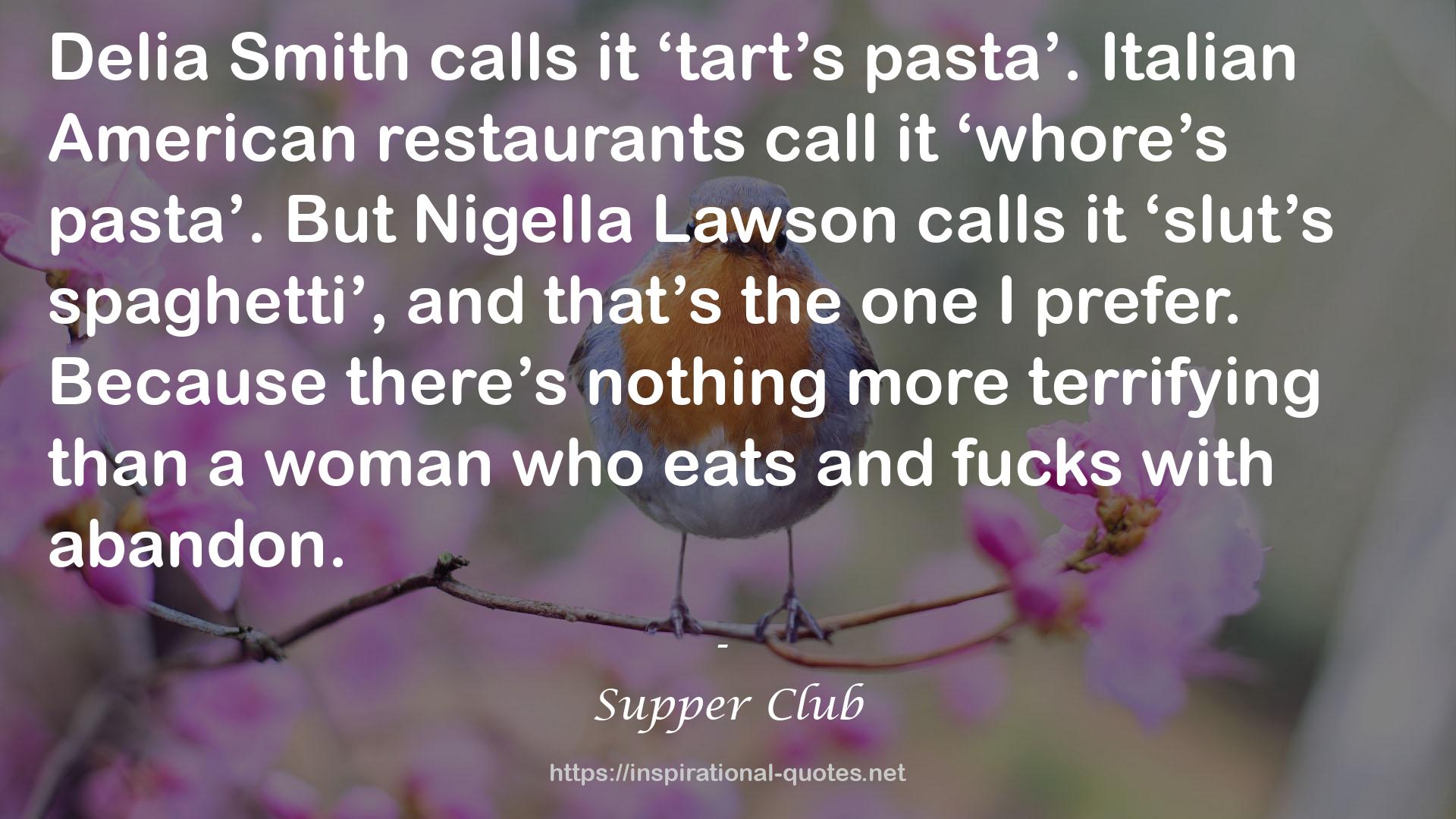Supper Club QUOTES
SOME WORKS
- The Ladybug Song (Isabel & Alma Trumbo #3)
- Mission Impawsible (Paws and Claws Mystery, #4)
- Hollywood Homicide (Detective by Day #1)
- Murder at the Harvey House (Beatrice Adams, #1)
- A Sprinkle in Time (Shake Shop Mystery, #2)
- Inheriting Murder (Bobwhite Mountain Cozy Mystery #1)
- Vidalia ('Not Quite', #1)
- The Outpost (Jamison Valley, #4)
- Matched (Misfit Brides, #2)
- The Lucky Heart (Jamison Valley, #3)

